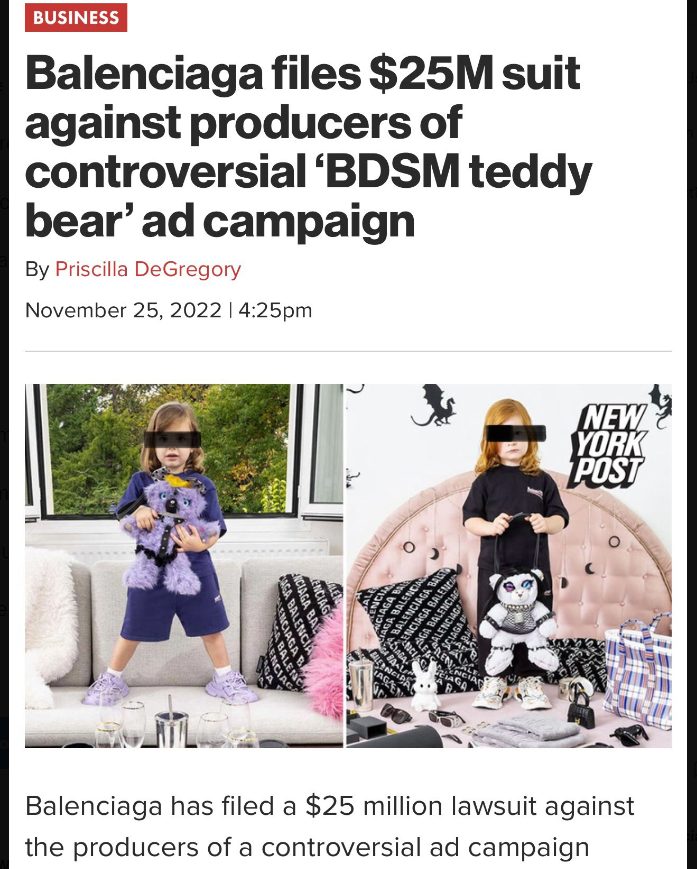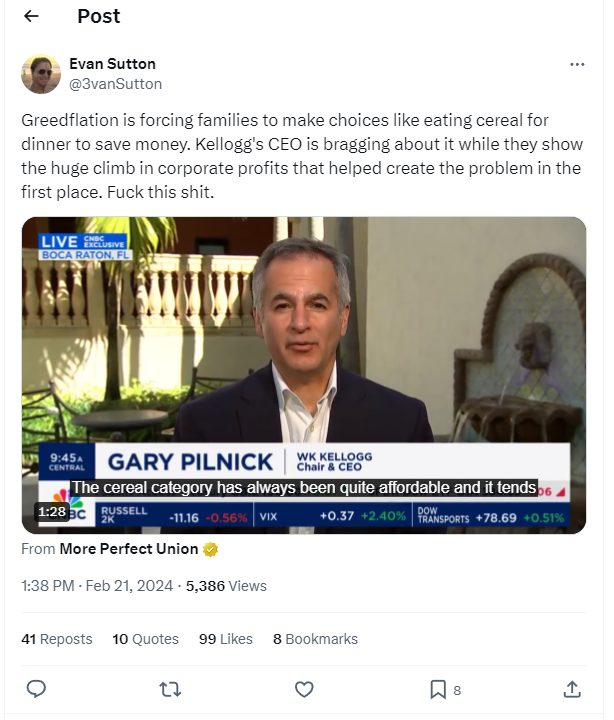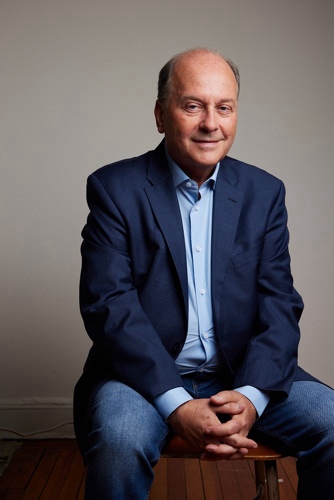A poorly worded social media post. An insensitive advertising campaign that ignores current events. All that separates brands from a full-blown public relations crisis is a highly skilled crisis prevention expert vetting everything.
Think that sounds like overkill?
Warner Brothers probably doesn’t think so after its Barbieheimer social media disaster in the summer of 2023. The cutesy posts played off the Barbieheimer social media craze and ended up causing major offense in Japan.
It never occurred to Warner Brothers’ social media management team that flippant jokes about the man who created the nuclear bomb that killed 250,000 people in Hiroshima and Nagasaki in 1945 might be a teensy bit upsetting to their Japanese followers.
The film group was forced to apologize but the damage was already done. “We consider it extremely regrettable that the official account of the American headquarters for the movie ‘Barbie’ reacted to the social media postings of ‘Barbenheimer’ fans,” Warner Brothers Japan wrote in an official statement. “We apologize to those who were offended by this series of inconsiderate reactions.”
Warner Brothers isn’t the only company to stick their foot in their mouth recently. Kellogg’s cereal earned its fair share of public scorn after CEO Gary Pilnik suggested cash-strapped families could solve that dilemma by eating cereal for dinner.
The blowback was swift and severe.
Sadly, these public displays of arse-showing aren’t unique. Crisis prevention expert Drew Kerr said they’re becoming a far too common occurrence.
Kerr is the CEO and Founder of The Four Corners Group, crisis prevention specialists who quash PR crises before they see the light of day. A former journalist turned PR pro, Kerr decided to close out his PR consulting business in 2023 and take a 6-month sabbatical. He spent those six months traveling and formulating a new business direction.
“I was noticing a tidal wave of self-inflicted PR crises,” he said. “I said to myself, there’s plenty of people who are there to mop up the mess. Wouldn’t companies want someone who would stop them from getting into the mess in the first place?”
The more he thought about it, the more he liked the idea and went all in.
“You have to go fishing where the fish are,” he said. “Obviously, this was something new. Maybe PR companies did this to a small degree, but it was not their main thing. Everybody was always about jumping in after the fact. I was convinced this was the way to go.”
Encouraging the mind shift
It isn’t easy to get CEOs and other leaders in organizations to shift their mindset from recovery to prevention mode. Driving that lesson home is part of what Kerr’s team does when it’s brought on board.
Building trust and credibility is a key component of helping stakeholders see the value in preventing – rather than putting out – 5-alarm fires.
“Sometimes you have to do a bit of a demonstration,” said Kerr. “They’ll show us some things and ask what we think about them or something that has caused a problem in the past to test us.”
Kerr recalled a situation with a startup group that was getting serious pushback about how they were paying their workers and whether it was enough. His group demonstrated how to effectively pull them out of the fire with the right messaging. “When they saw we could do that, it built up trust in us. Once they trust you, they come to you more, rather than you having to check in on them frequently to make sure they’re not missing anything.”
Tackling the slow-down fear
One of the biggest fears some brands have about pre-vetting all marketing campaigns and official communications is the risk of slowing down distribution.
Four Corners uses a strategic approach to materials in development to assign a risk factor from 1 to 10. Once his team finds content that earns a 6 or higher on the scale, they discuss it with the client and suggest an alternative. They’ve refined the process to move materials through the pipeline efficiently.
Kerr said his team moves quickly to minimize the impact and prevent copy from becoming irrelevant. “Any small delays are better than having a full-blown PR crisis that can upset or confuse your customers, investors, and other stakeholders in your business. We’ve gotten pushback sometimes, but we tell them to think of the alternative. It’s better to be safe than sorry.”

Avoiding missteps in PR crisis prevention
Trying to be edgy with content is one of the biggest missteps Kerr said he sees with businesses of all sizes. This unhinged social media marketing style creates the perfect storm for companies prone to shooting first and asking questions later.
In fairness, some companies have mastered unconventional content strategies, and their customers love them for it. Ryanair, Liquid Death, DuoLingo, and Wendy’s immediately come to mind. Where the problem comes in is when brands not suited to this tone give it a go anyway.
A temperature check can prevent a disaster if edgy content risks upsetting a large segment of the brand’s community. That’s where Kerr’s company swoops to the rescue.
“I never want to be seen as the copy police. I prefer to let my clients know I’m there to show them where the line is, so they don’t cross it,” Kerr said.
Another common misstep is having too many yes-men on the team. Kerr said when a group of people are so smitten with one another and a shared idea, it can gain enough momentum to turn into a runaway car.
Balenciaga learned this lesson the hard way.
In 2022, the fashion brand released a series of ads that raised more than a few eyebrows. One of the ads featured a bondage-gear-clad teddy bear carried by a child. Another ad in the same campaign showed a handbag sitting on a printed copy of a U.S. Supreme Court ruling that upheld federal statutes on pornography that features minors.
When called out for the inappropriateness of both, the company issued an apology that pointed the finger of blame at set designers and photographers.
“We apologize for displaying unsettling documents in our campaign. We take this matter very seriously and are taking legal action against the parties responsible for creating the set and including unapproved items for our Spring 23 campaign photo shoot,” the company wrote in a statement posted to its Instagram Stories. “We strongly condemn abuse of children in any form. We stand for children’s safety and well-being. We sincerely apologize for any offense our holiday campaign may have caused,” said the company statement. “Our plush bear bags should not have been featured with children in this campaign. We have immediately removed the campaign from all platforms.”
Kerr said Balenciaga had hired an edgy marketing director who pushed the envelope, so he wasn’t surprised to see this kind of misstep. “When he pushed it too far, though, they all pointed fingers at each other.”

Preventing brand fails on social media
More than 5 billion people use social media, according to data from Statista. That’s billion with a b. And that’s a lot of eyeballs on your content if your brand posts something that goes viral (and not in a good way).
Kerr’s team takes a strategic approach to preventing the kind of crises on social media that can ruin a brand’s reputation overnight.
First, they ask for demographic information on the brand’s target audience. Then, they follow their social media to measure the interaction and evaluate who is communicating with them on their social feeds. He asks three important questions: who are they, where do they live, and what language and tone do they take to what the company does? Then, his team tries to match that verbiage with any new marketing materials, branded content, or new product or service launches.
They also go back through 3 to 4 months of old social media posts and ask the marketing department if they hit any speed bumps with any of it. His team notes any posts that the community engaged with positively as examples of the kind of content they prefer.
“I’m a big believer in checking the pulse of your community of followers,” said Kerr. “It’s surprising how many companies speak to themselves instead of their communities.”

An ounce of prevention
Budgeting for a crisis prevention specialist may seem like a waste of money to some brands, Kerr said. He gives his clients a cost-benefit analysis to show them what it costs to hire a crisis PR firm once the damage is done, versus what it costs if they take a preventative approach with his firm.
“It’s a lightning bolt for them because there’s no comparison in the cost to hire me versus cleaning up a mess later.”


I came across your site wanting to learn more and you did not disappoint. Keep up the terrific work, and just so you know, I have bookmarked your page to stay in the loop of your future posts.